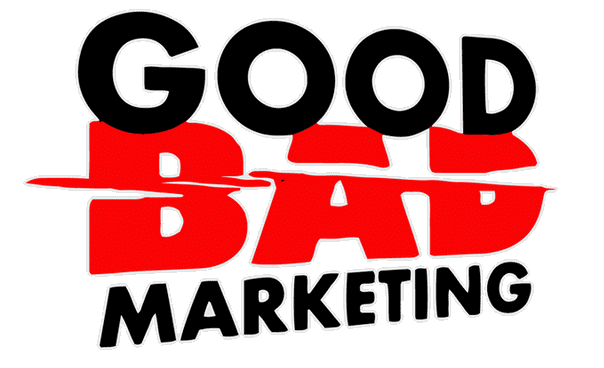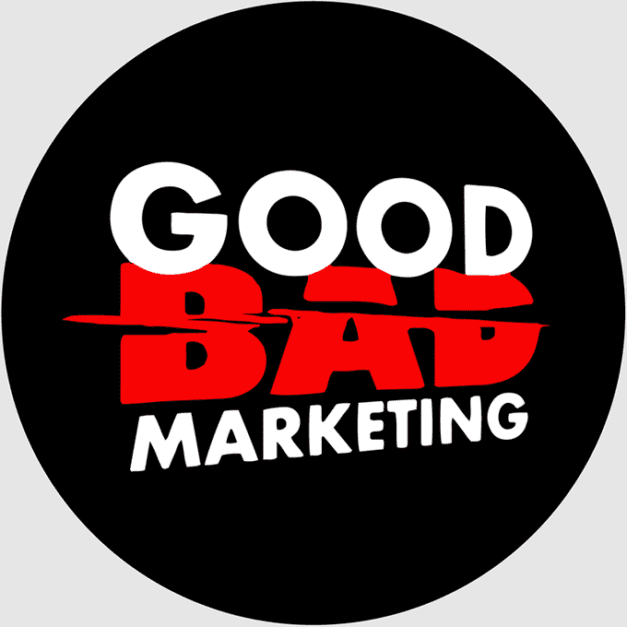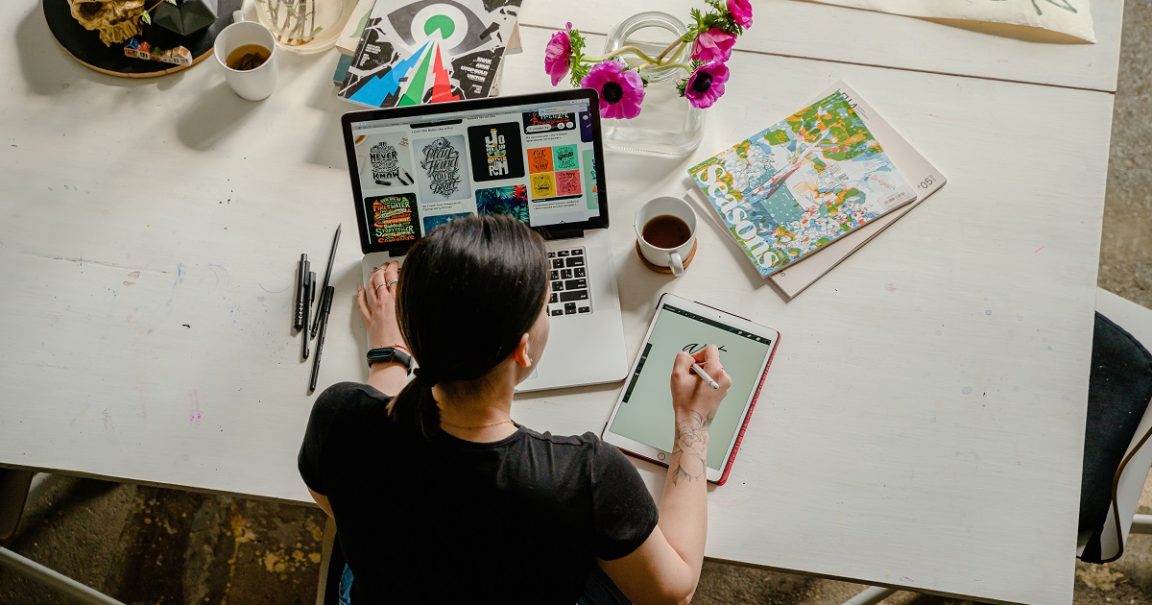Apart from newspapers, graphics have been a huge part of marketing a company’s products and services. Most people, especially Millennials and Gen Zs, tend to be drawn to this marketing practice in our ever-growing digital world.
Design influence has structured marketing in a way that brands don’t have to rely upon literal, information-dominant ads to market a product. Rather, marketing has transformed into how a company can successfully instil a feeling that they want to portray through their ads.
When Graphic Designers are given a brief, what information should the company provide them?
Here, we will have an overview of how you should appropriately brief your Graphic Designers.
A Graphic Design brief should provide the following:
- The message you want to portray
- The tone of voice the project should aim for
- A target audience
- The goals of the project
- Relevant business information
- A visual board providing relevant inspiration
- Your budget
- Due date/s
- Relevant competitors
These are just some of the key points to brief a Graphic Designer.
With the details you give, the Graphic Designer will be able to understand your brand’s aim. However, it must be noted that the more information you provide the designer, the better.
Graphic Design Brief Details
Company Overview
The company overview is your brand identity. It informs the Graphic Designer on your business’s internal workings, with a general overview of what your business does.
This can also be referred to as a ‘Mission Statement’; Which can be a short summary of the company goals, the type of service it provides, and its purpose.
More importantly, your company’s vision should also be included, which will then help designers create a visual representation of your branding.
This is only the initial step, however, it’s the most important.
The Designer will need to be able to understand the company values and marketing approach so they can develop these values into a suitable brand identity.
Visual Styles
Visual styles include the aesthetic approach for the brand’s visual identity, which takes into consideration the initial company values and mission statement.
Collating your ideal brand aesthetic, and any other relevant inspiration into a mood board is essential for the Designer to understand the identity you want to achieve.
If there’s any previous design work or resources, it’s essential to present these to the designer as past designs will serve as a guide for them in future visuals.
Many reputable companies have a ‘Visual Style Guide’ to better formulate the brand identity with more consistency, and clarity. This guide is typically created in conjunction with a Designer, however, if there are any pre-established rules; such as your company’s logo you want unchanged, then it’s wise to inform the Designer in the brief.
Nevertheless, you can mutually work together in creating the brand outline for any future projects.
Target Audience
Your target market must also be involved in the design plan.
Is your company trying to market to; Expecting moms? Young hospitality staff? Local Musicians? —- Although oddly specific, this will allow the Designer to better guide the brand identity to be suitable for the demographic you want to engage with.
This information is necessary to form the visual approach and tone of marketing that your brand needs to be successful. Certain colours and tones can appeal to specific target audiences, so it’s necessary to form a rough idea of what your target audience may look like.
Creating a ‘Target Audience Profile’ can help summarise the specific customer your company may want to engage with and ultimately guide the Designer into applying recent Design trends/ aesthetics relevant to the audience.
Budget and Timeline
Deadlines and monetary details must also be included in the brief. Every Designer has a varying approach based on the project’s budget, to also set expectations for the company on the outcome of the project. A timeline would also be advisable, as it can help solidify important dates, and both parties can prepare accordingly.
Graphic Designers are essential to a company’s digital presence and creating successful brand identities. Although for there to be a favourable outcome in creating an appropriate brand identity, the Designer needs to be as informed as possible.
More often than not, there’s a likelihood that upon further research on the project brief; Some of the original project developments can shift in a different direction.
This can be a common occurrence, and sometimes, can even manifest a more suitable project outcome. This can only be prepared for with clear and concise communication between yourself and the Designer.
So, get excited and ready to creatively team up with a Designer.
Have a clear understanding of your message and what you want the project to achieve.
Although be open-minded to new ideas, you may surprise yourself.
Photo by ANTONI SHKRABA from Pexels





